"We can control the pattern of crystallization, which is in many ways more powerful than the atomization of atoms in nature and laboratories." Director of the Institute for International Nanotechnology, Northwest University, and Professor of Chemistry at Weinberger College of Arts and Technology, Chad Milr Kim said, "We are compiling a new periodic table of crystal types. According to the design rules, using nanoparticles as 'artificial atoms' will change by controlling the size, shape and type of nanoparticles and their position in the given crystal lattice. The length of DNA produces almost infinite tunability. We can create completely new materials beyond those defined by nature."
The researchers explained that a variety of crystal structures can be formed by combining different sizes of nanoparticles and different lengths of DNA strands. After mixing and heating, the assembled particles transform from an initial disordered state to an ordered state, and each particle is fixed in its own position according to the lattice structure. In their paper, they proposed six design rules that predict the relative stability of different crystal structures when the particle size and DNA length are known, and designed 41 crystal structures according to the rules, showing 9 completely different crystal symmetries. Sex.
The researchers pointed out that the design rule provides a method that can independently adjust each related crystal parameter, including particle size (5-60 nm), crystal symmetry and lattice parameters (20-150 nm). These 41 crystals are only A small part of the sample. The method is also applicable to nanoparticles of various chemical compositions, and the particle type and its structural symmetry determine the nature of the crystal. In developing new materials, this method provides an ideal means of predicting and controlling the physical properties of materials.
Mirkin believes that there will soon be a software that will help scientists pick particles and DNA and create crystalline materials of almost any structure as needed.
PCB Prototype
PCB Prototype Specification:
In the process of developing a Printed Circuit Board-based solution for your company? This can be an extremely time-consuming, labor-intensive process where there is a high degree of uncertainty in the outcome. Developing a PCB prototype offers a fast, cost-effective option for getting your design from concept to production, while minimizing some of the risks associated with a Standard PCB service.
Prototype Printed Circuit Boards That Meet Our High Quality Standards:
BentePCB offers rapid PCB prototyping services in very good quality yet at a low cost. We're fully compliant with ISO9001:2008 quality management systems, and we have an in-house quality control department to verify that all work meets our high standards. Depending on your custom requirements, we can prototype your PCB within 3-7 days, compared to -18 days of Standard PCB service.
Check out our Circuit Board prototype capabilities in the following table:
|
Features |
Capability |
|
Quality Grade |
Standard IPC 2 |
|
Number of Layers |
1 - 16layers |
|
Order Quantity |
5pcs - 100pcs |
|
Build Time |
2 - 7 days |
|
Material |
FR-4 Standard Tg 140°C |
|
Board Size |
Min 6*6mm | Max 500*500mm |
|
Board size tolerance |
±0.1mm - ±0.3mm |
|
Board Thickness |
0.4mm - 2.0mm |
|
Board Thickness Tolerance |
±0.1mm - ±10% of thickness of board |
|
Copper Weight |
1.0oz - 2.0oz |
|
Inner Layer Copper Weight |
0.5oz - 1.0oz |
|
Copper Thickness Tolerance |
+0μm +20μm |
|
Min Tracing/Spacing |
5mil/5mil |
|
Solder Mask Sides |
As per the file |
|
Solder Mask Color |
Green, White, Blue, Black, Red, Yellow |
|
Silkscreen Sides |
As per the file |
|
Silkscreen Color |
White, Black |
|
Surface Finish |
Lead Free HASL - RoHS |
|
Min Annular Ring |
5mil |
|
Min Drilling Hole Diameter |
8mil |
|
Min Width of Cutout (NPTH) |
0.8mm |
|
NPTH Hole Size Tolerance |
±.002" (±0.05mm) |
|
Min Width of Slot Hole (PTH) |
0.6mm |
|
PTH Hole Size Tolerance |
±.003" (±0.08mm) - ±.006" (±0.15mm) |
|
Surface/Hole Plating Thickness |
20μm - 30μm |
|
SM Tolerance (LPI) |
.003" (0.075mm) |
|
Aspect Ratio |
1.10 (hole size: board thickness) |
|
Test |
10V - 250V, flying probe or testing fixture |
What Are the Benefits of Circuit Board Prototyping?
We recommend you chose PCB prototyping service for function testing of new products prior to making a commitment to a full-production run. Benefits of developing PCB board prototype include:
• Rapidly test and correct designs if there is any mistake
• Opportunity to detect potential design flaws in the early stages
• Quick turnaround time helps you achieve your productivity goals
• Low-quantity production runs featuring a minimum order quantity of only one boards
• Lower production tolerances provide a clear indication of how well the finished PCB will perform
Once your prototype boards demonstrated their ability to meet your quality and performance requirements, it is ready for a full production run. Then we will transition to Standard PCB service. It provides tighter production tolerances and more advanced options including free Design for Manufacture (DFM) check that is capable of detecting potential issues which could reduce the quality of your PCB.
About Us:
BentePCB is a professional PCB manufacturing which is focus on double side, multilayer, HDI PCB , rigid PCB and Flexible PCB mass production. The company was established on 2011.
We have two factories together, The factory in Shenzhen is specialized in small and middle volume orders and the factory in Jiangxi is for big volumn.
Why Us?
UL (E492586), ISO9001, ISO14001, TS16949, RoHS certified.
Turnover USD 10-50 million per year.
15,000 sqm area, 450 staff .
Mass Production from single to 16 layers.
Special Material:ROGERS, Arlon, Taconic.etc.
Client:Huawei, SAMSUNG, Malata, Midea,Texas Instruments.etc.
Certification(UL:E492586, TS16949, ISO14001, ISO9001,RoHS):
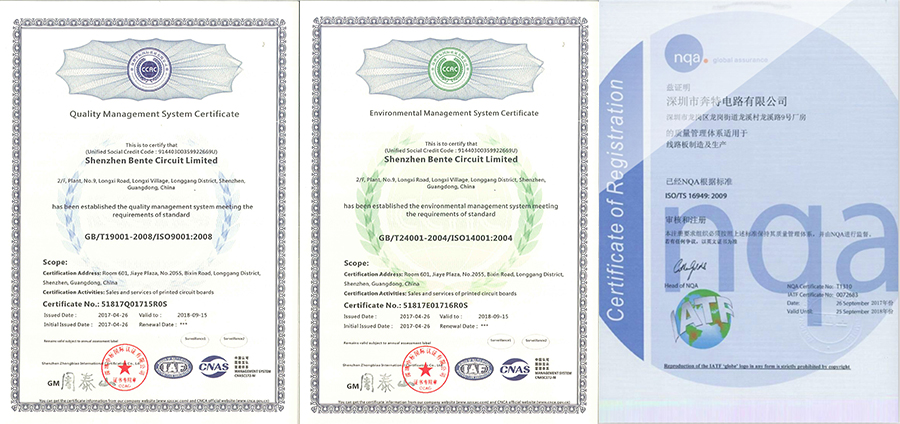

Factory Tour:

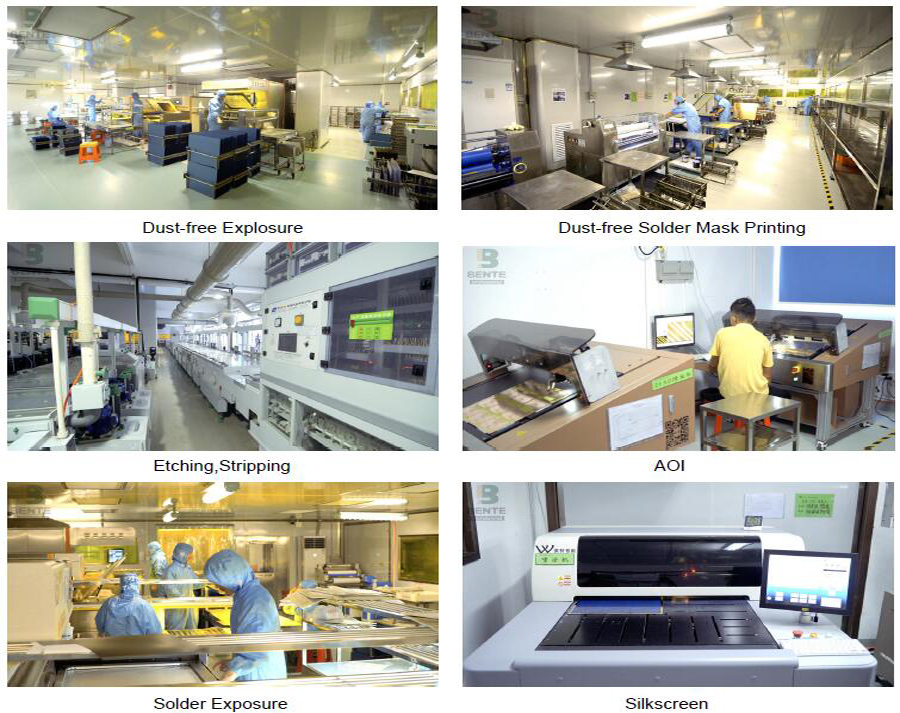
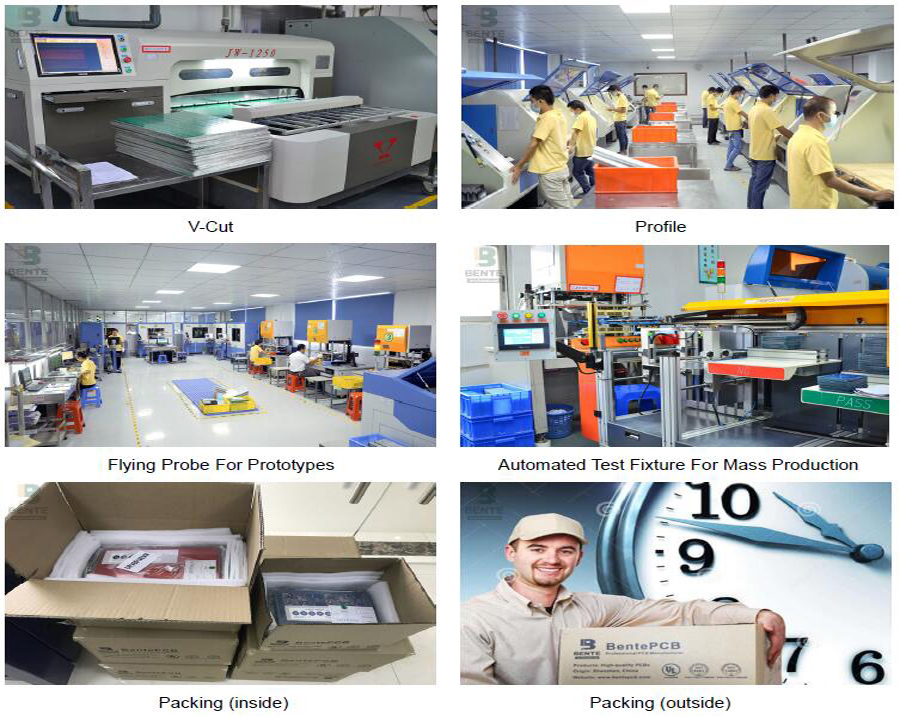
Exhibition:
We Took part in the famous exhibitions over the past years,and got highly appreciation from the top experts,as well as cooperated tightly with them.
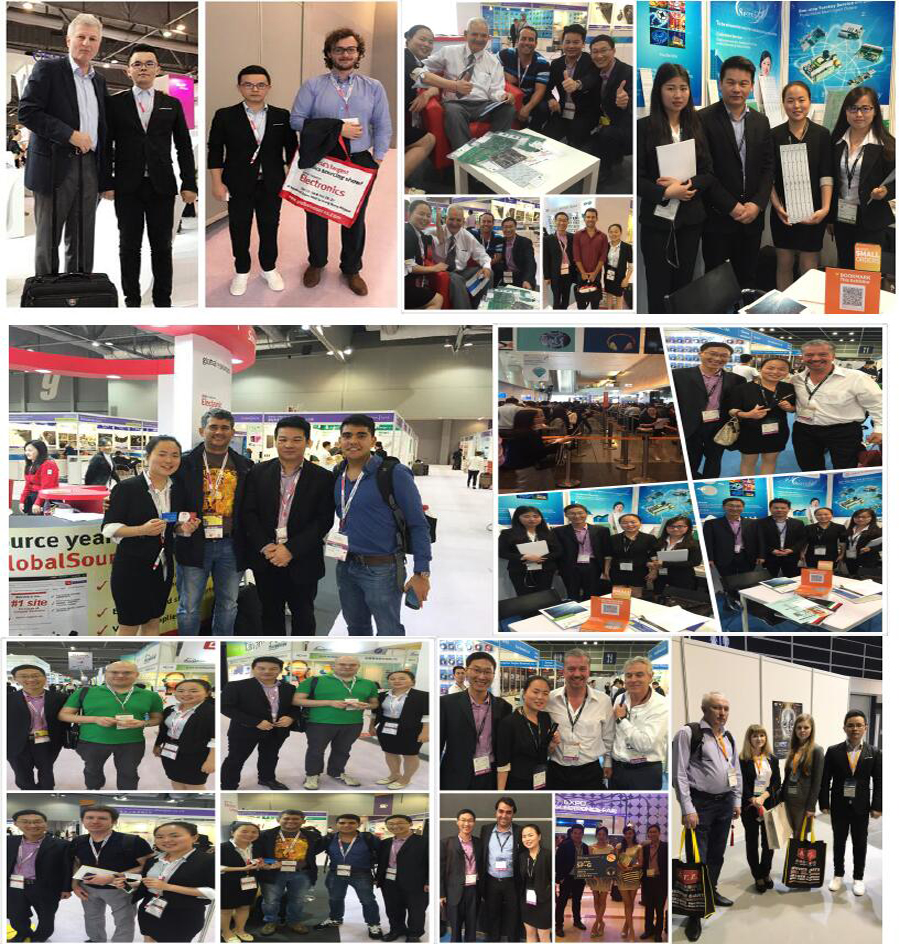
Delivery:
BentePCB offers flexible shipping methods for our customers, you may choose from one of the methods below.

FAQ:
Q1: What does BentePCB need for a customized PCB order?
A: The customers need to provide Gerber or pcb file.If you do not have the file in the correct format, you can send all the details related to the products.
Q2: What is your quotation policy?
A: For the PCB order in large quantity, BentePCB will send you the quotation based on the MOQ of the products concerned, and the price will be reasonable with good quality.
Q3: How long will you send us quotation ?
A: After all files were sent, 2 to 8 hours as per your file.
Q4:What is your minimum order quantity?
A:Our MOQ is 1 PCS.
Q5: How about the service BentePCB offered to the customers?
A: If you have any questions about our products or company, do not hesitate to send us your inquiry toour customer service representatives, Your satisfaction is our pursuits.

We don`t just sell PCBs .We sell sleep.
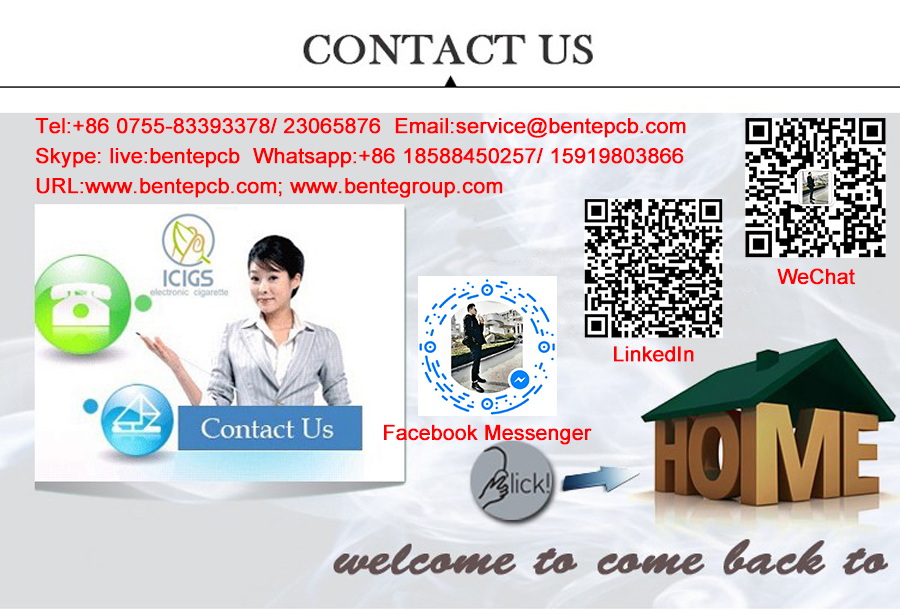
PCB Prototype
PCB Prototype,Prototype PCB Assembly,PCB Assembly Prototype,PCB Circuit Board Prototype
Shenzhen Bente Circuit Limited , http://www.bentegroup.com